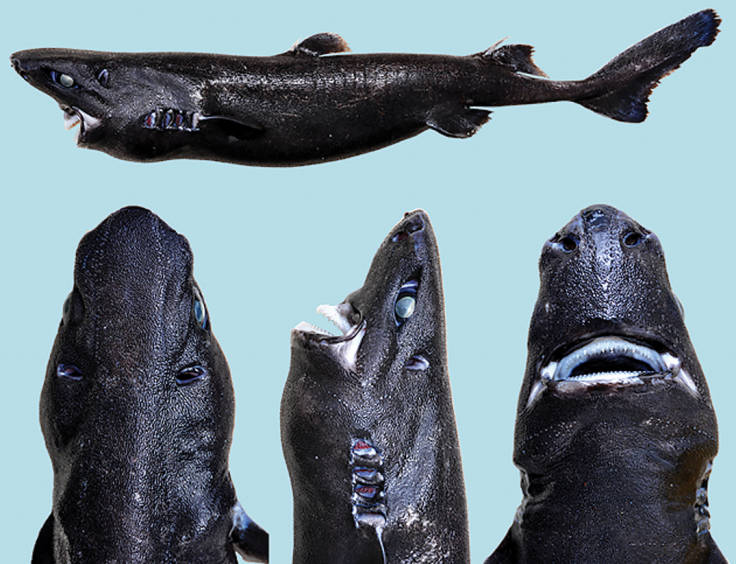Ninja Lanternshark: Glowing shark discovered 1km deep in Pacific Ocean off Costa Rica coast

A new species of shark has been discovered off the coast of Central America, and it glows in the dark. The Ninja Lanternshark has photophores in its skin, allowing it to make a faint glow in the dark depths of the ocean where it dwells.
Scientists discovered the lanternshark, Etmopterus benchleyi, glowing in the Pacific Ocean at a depth of about 1km into the abyss. It has a number of light-emitting photophore organs covering its black skin, potentially used in communication and for attracting prey.
"We don't know a lot about lanternsharks," said Vicky Vásquez, researcher at the Pacific Shark Research Center (PSRC) and discoverer of the Ninja Lanternshark. She told Hakai magazine: "They don't get much recognition compared to a great white. So when it came to this shark, I wanted to give it an interesting story."
The study, published in Journal of the Ocean Science Foundation, found four different individuals of the shark across seven collection sites. The locations were all on the Pacific coast of Central America, from the north of Nicaragua down to Panama. Most of the species were found right in the middle of them both, on the coast of Costa Rica.
The average length of the sharks were just under half a metre, with a maximum of 51.5 centimetres - that is roughly the same size as the average household cat. The Ninja Lanternshark is therefore about one tenth of the size of the famous great white shark.
The glowing shark was named after the author of Jaws, Peter Benchley, but Vásquez used an idea from her four younger cousins to come up with the common name. The young shark enthusiasts, between 8 and 14, thought that the name Ninja Lanternshark would be fitting for Etmopterus benchleyi, as its stealthy behaviour in the depths of the ocean drew comparisons to Japanese ninjas.
"Taxonomy can sometimes be kind of dry, but the naming thing always gets people excited," said Dave Ebert, program director at the PSRC. He discussed the importance of this finding: "About 20% of all shark species have been discovered in the just the last ten years. My whole research is looking for 'lost sharks.'"
© Copyright IBTimes 2025. All rights reserved.





















